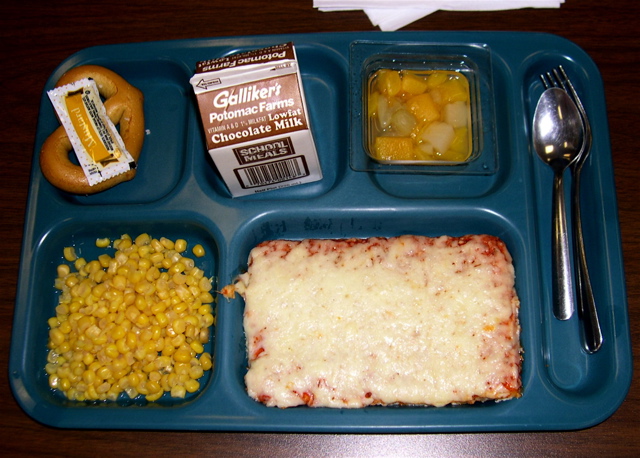Last year, I wrote about the lunch service at my daughter’s school after observing the busy kindergarteners navigating the lunch service. Afterward, I had questions and was able to interview Rebecca Polson, the executive chef for Metro Nashville Public Schools, as well as Braina Corke of MNPS Nutrition Services. Despite efforts by Congress to restrict the eligibility for funds for the free meals programs, Metro schools still offer free breakfast and lunch to all enrolled students, regardless of their parents’ income.
Much of the controversy came from legislators who wanted to raise the Community Eligibility Provision from 40 percent to 60 percent of students in need (that is, the percentage of students who would qualify for free or reduced lunch based on family income). The popular argument of laypeople being that they didn’t want people taking advantage of the program if they didn’t need it. In other words, they don’t want people who can afford meals to be able to get free meals — even though the 40 percent figure was based cost savings from eliminating administrative costs at that level.
I have three major problems with the move to tighten eligibility (and it’s worth noting that it’s a moot point in Nashville, which meets the CEP threshold of 60 percent). First, one advantage of the program is that in allowing all students to access free meals, it removes any stigma that may come from students being identified as low-income. If everyone has the option (and more people of means take advantage of it), there’s no way to readily identify which students need free lunch.
Additionally, the more students who take advantage of the free meals, the more federal tax dollars the district will receive to support the program. This will serve as some relief to the local budget and reduce school system’s dependence on sales of additional food items or other means to supplement the budget. And larger budget enables the district to provide a higher quality and selection of food.
Second, most of what’s provided at lunch is a reasonably fresh, hot meal. The vast majority of students who bring lunch to school bring cold lunches that can withstand locker conditions for the four to five hours between leaving home and lunch. Making the lunch free certainly encourages parents to consider the option of a hot lunch for their children instead of sandwiches.
The third issue I have is the incorrect assumption that (continue reading at NashvilleScene)
